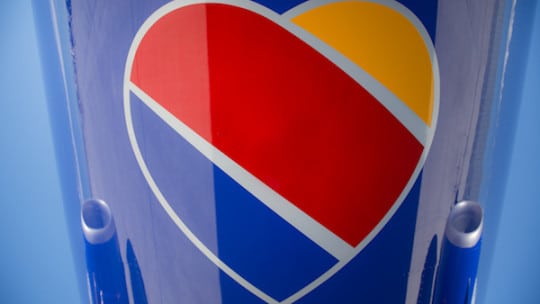
When using social listening skills to avoid a crisis, one phrase that PR pros use over and over again is "be proactive, not reactive." The idea is that it's always better to catch a potential crisis when it's on the horizon rather than having to clean up the inevitable mess once the crisis hits. Sometimes, however, a crisis is inevitable.

In those instances, says John Young, social business advisor at Southwest Airlines, having a real-time crisis strategy across departments is key. At PR News' "How to Manage a Crisis on Twitter" webinar on June 13, Young will discuss the importance of brands having an interdepartmental social strategy and describe some of the tools and tactics that facilitate such seamless social integration.
One such tactic, says Young, is putting in place a team that does more than just social—one that also works phones and answers emails. "It gives a brand more flexibility to [move] people across channels in the event of an emergency," he says. "I’ve even seen brands that train entire departments on social so they can flex everyone into social if needed."
Another tool to ensure that your brand has proactive, interdepartmental social crisis control is a full-stop trigger, which is a polite word for "kill switch"—a one click that should block/stop all outgoing posts.
"The last thing a brand wants is for their paid ads to show up right in the middle of breaking news about a shooting or bombing. So there needs to be a way to block your scheduled posts," says Young. "And there needs to be different levels depending on your brand. You may have brands in different areas and so maybe there are wildfires in California and you don’t run your posts there, but you’re good on the East Coast. So it’s a way to block things from going out quickly and easily."
Is your organization doing all it can to manage its reputation on Twitter? Join PR News and communications professionals from Southwest Airlines, Hotwire, GoDaddy and SEIU June 13 at PR News' "How to Manage a Crisis on Twitter" webinar.
Young also stresses the importance of making sure that your brand's CRM, or customer relationship management software, is a two-way street, so whatever happens in your call center is visible to your social media reps and vice versa. "At the very least, agents need to have 'swivel chair' access where they can get into the CRM from both sides and update so both groups can see what the other has done," he says. "You don’t want a customer saying 'Bob in social promised me $100 credit' and not have any visibility."
The goal with all of these crisis practices on social should be to avoid silo issues. Without this, leadership may receive separate reports from marketing, an agency, corporate communications and customer care, each with different formats and data points.
"Everyone should be working from the same set of data from the same tool set," says Young. "Crisis just amplifies any cracks or differences that exist in the day-to-day."
Follow Justin: @Joffaloff
